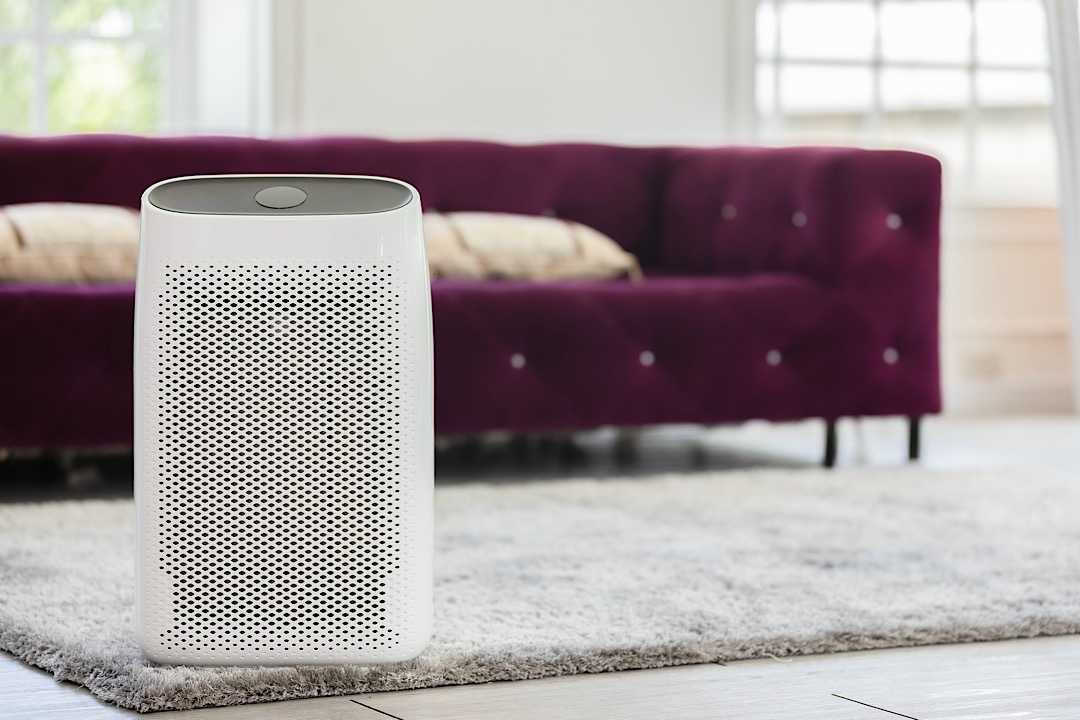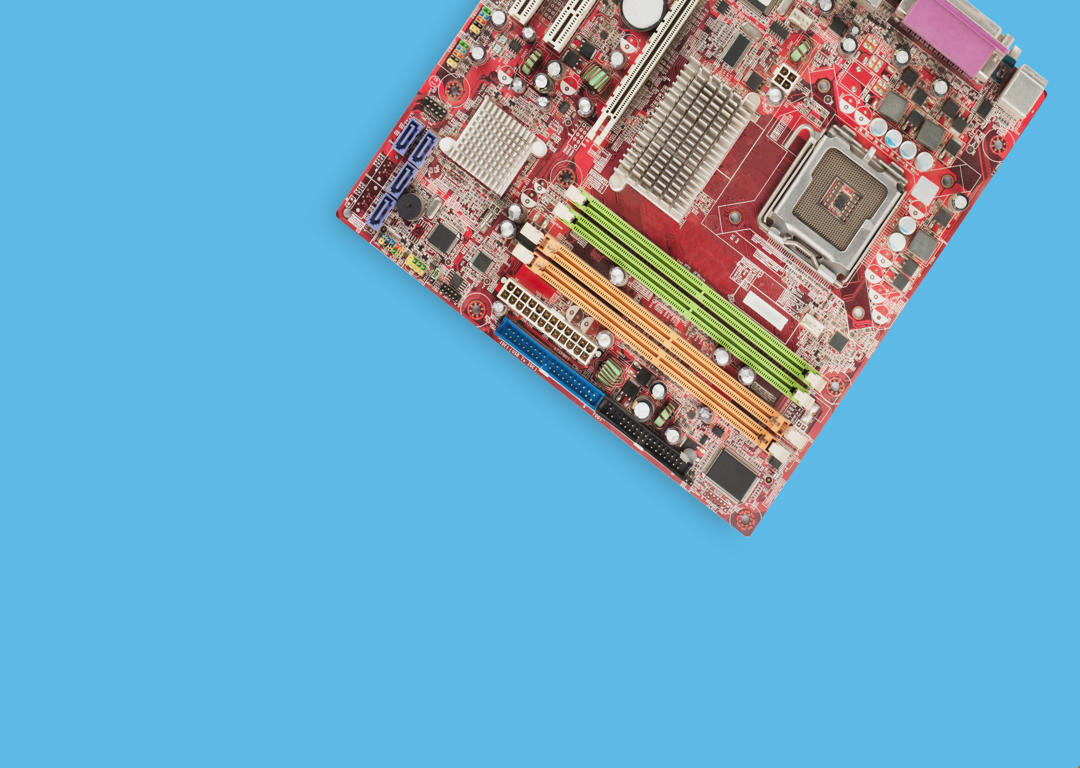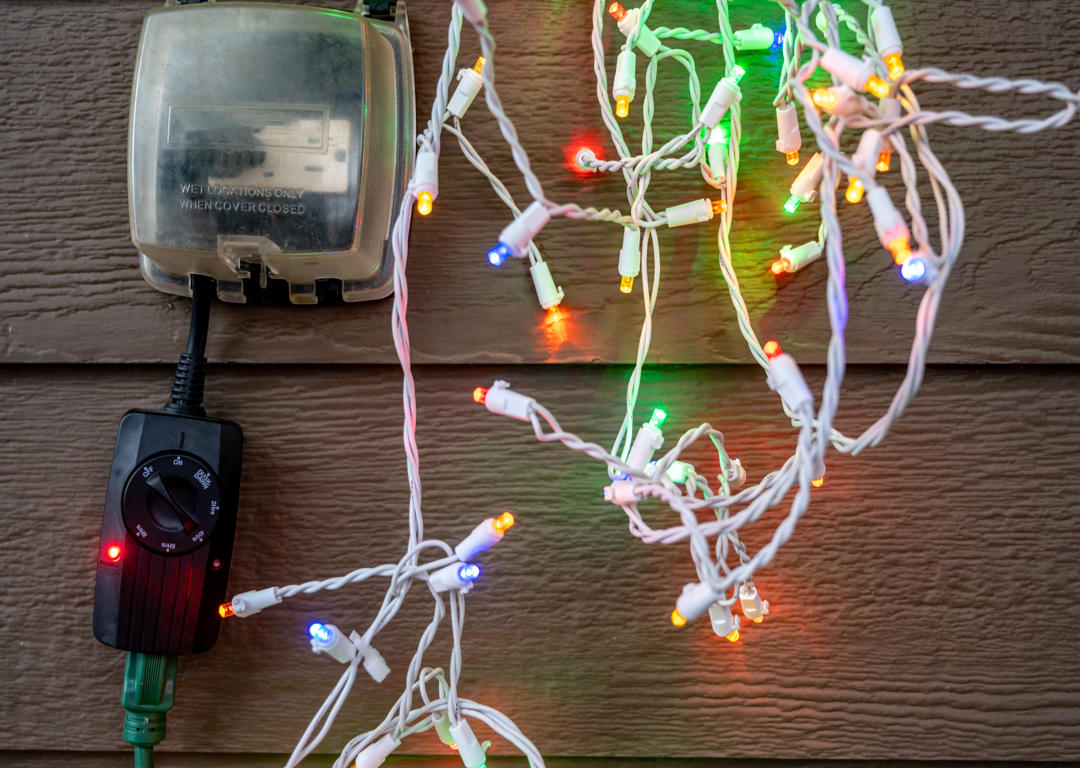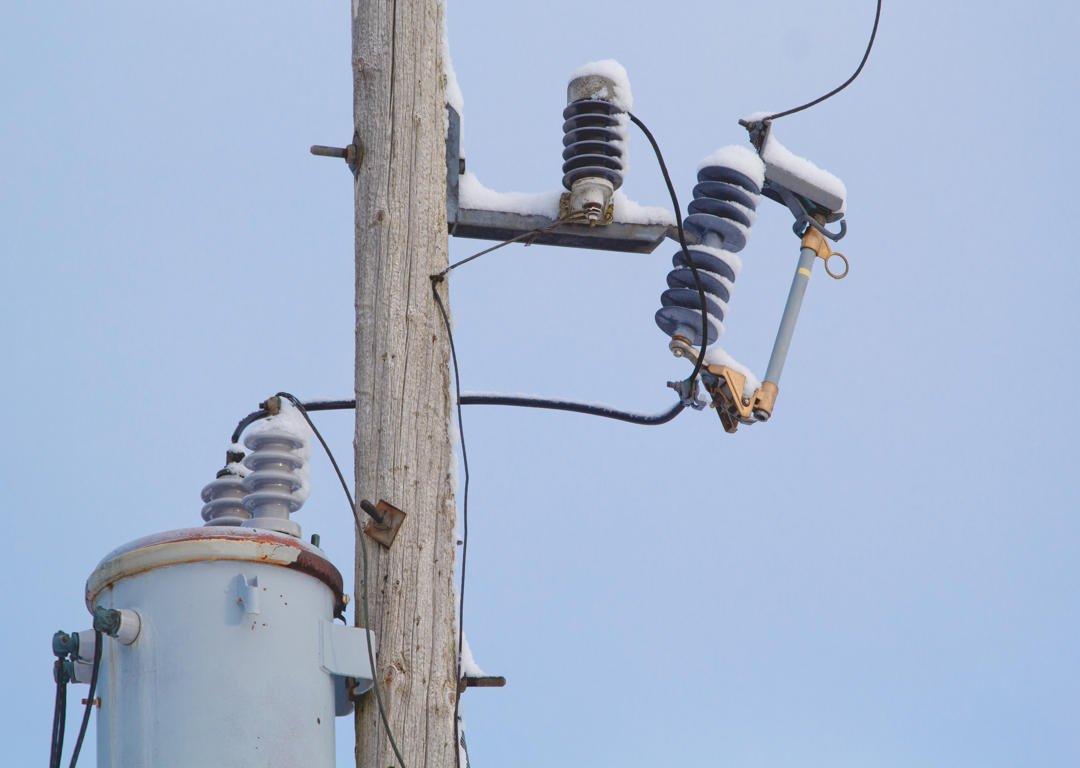
Exploring Electrical Solutions to Improve Air Quality and Mitigate Seasonal Allergies
Seasonal allergies, often triggered by pollen, dust, and other airborne particles, can significantly impact the quality of life for many individuals. As much as outdoor air quality plays a role in exacerbating these allergies, the indoor air quality of your home is equally crucial. Surprisingly, your home’s electrical systems can play a pivotal role in managing and improving indoor air quality, thereby helping to mitigate the effects of seasonal allergies.
The connection between electrical systems and air quality primarily revolves around HVAC (Heating, Ventilation, and Air Conditioning) systems, air purifiers, and smart home technology. The efficiency and effectiveness of these systems in filtering and circulating air are largely dependent on their electrical design and operation.
HVAC Systems: The Frontline Defense Against Allergens
HVAC systems are integral to maintaining a comfortable and healthy indoor environment. A well-functioning HVAC system, powered by an efficient electrical setup, can significantly reduce the presence of allergens in your home. The key is in the filtration system. High-efficiency particulate air (HEPA) filters, for instance, can trap particles as small as 0.3 microns, effectively filtering out pollen, dust, and other allergens from the air. The U.S. Department of Energy endorses HEPA filters for their ability to capture 99.97% of particulate matter, making them highly effective against common allergens.
Additionally, regular maintenance of your HVAC system, including timely inspection and replacement of filters, is crucial. Electrical systems that support programmable thermostats and smart controls can further enhance the efficiency of HVAC units, allowing for better regulation of air quality and humidity levels, which is vital for allergy sufferers.
Air Purifiers: An Electrical Ally in Allergy Management
Air purifiers are another electrical solution that can greatly benefit individuals with seasonal allergies. These devices work by circulating air through filters to remove contaminants and allergens. The effectiveness of an air purifier in alleviating allergy symptoms depends on its Clean Air Delivery Rate (CADR), which measures the volume of filtered air the purifier can deliver. The Association of Home Appliance Manufacturers (AHAM) provides CADR ratings to guide consumers in choosing the right air purifier for their needs.
When selecting an air purifier, it’s important to consider factors like the size of the room, the type of filter it uses (HEPA, activated carbon, etc.), and its energy efficiency. The best air purifiers for allergy sufferers are those that combine HEPA filtration with other technologies, such as activated carbon filters, to also remove odors and chemical vapors.
Smart Home Technology: Enhancing Air Quality Management
Smart home technology has revolutionized the way we manage our home environments, including air quality. Smart thermostats and air quality monitors can be integrated with your home’s electrical system, offering real-time data and control over the indoor environment. These devices can automatically adjust the settings of HVAC systems and air purifiers based on the quality of air detected, ensuring optimal conditions for reducing allergen levels.
Furthermore, IoT (Internet of Things) devices can provide insights into patterns of air quality in different areas of your home, allowing for targeted measures to combat allergens. For example, smart sensors can detect high levels of humidity, which can promote the growth of mold spores – another common allergen.
The role of your home’s electrical systems in managing indoor air quality is significant, especially for those suffering from seasonal allergies. By leveraging the capabilities of HVAC systems, air purifiers, and smart home technology, homeowners can create an indoor environment that minimizes allergens and maximizes comfort. The key is to choose the right technologies and maintain them properly for maximum benefit.






